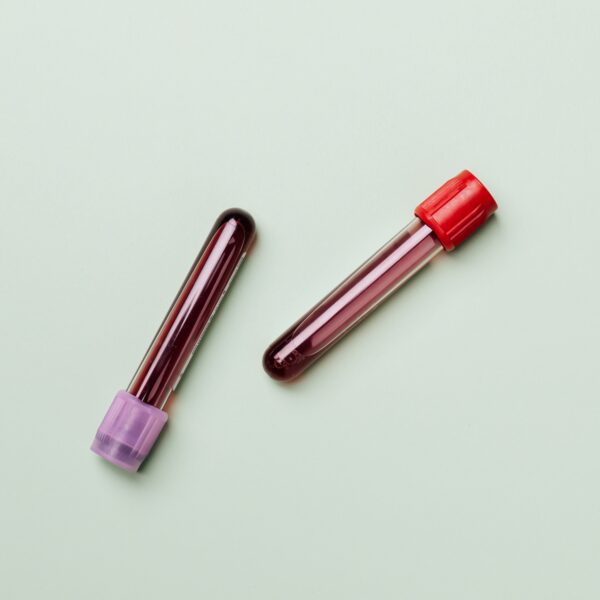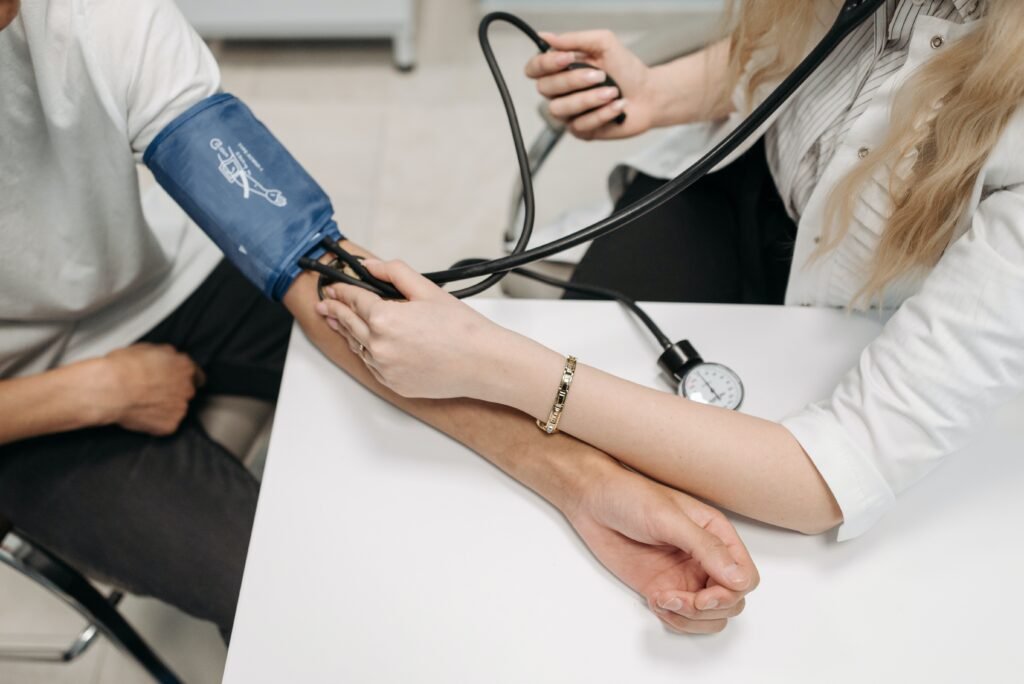Have a question?
New York Locations
Book Now
Have a question?
Book an appointment
4 New York Locations
Menu
Have a question?
New York Locations
Doctor Roya’s four metropolitan New York locations – in Manhattan, Queens, and Long Island – offer a range of tests and services such as DOT physical, for example, to help busy executives. Each is designed to assess their current health and access strategies to maintain their wellbeing and prolong their productive year.
With her cutting-edge lab and radiological testing, Doctor Roya Jafari Hasad can quickly and accurately diagnose conditions that could need urgent care and are often prevalent in and exacerbated by busy lifestyles. The executive health program includes a thorough full-body blueprint to promote nutrition, fitness, and stress management.
An executive physical exam is a complete medical assessment that includes a review of your family and personal health history, a physical examination, routine laboratory tests and, if indicated, additional testing such as EKGs, X-rays, and stress tests.
It also focuses on maintaining or developing a health-focused lifestyle composed of a balanced diet, supplements, establishing fitness goals and relieving bodily tension and emotional anxiety.
Executive health is not covered by insurance but tends to rise higher depending on the length of treatment, participation, and additional services


The following is a snapshot of the often early diagnosed conditions the executive health program can identify and a fundamental breakdown of each:
According to the CDC, heart disease is the leading cause of death in the United States. A variety of tests can be used to detect heart disease, here are some of the most common ones:
Obesity is a medical condition in which an individual has too much body fat. As noted by the NIH, obesity increases the risk of developing heart disease, stroke, type 2 diabetes, and other chronic conditions.
Physicians calculate their patients’ body mass index (BMI) to determine obesity. BMI measures a person’s weight in relation to their height. A BMI of 30 or more is considered obese.
Blood tests are in order for BMIs of 30 above 29. Blood tests enable physicians to understand how obesity affects overall health. Blood tests may be used to check:

High blood pressure, or hypertension, is a condition in which the force of your blood against the walls of your arteries is too high. If left untreated, hypertension can lead to heart disease, stroke, and other serious health problems.
The American Heart Association notes that high blood pressure is often called the ‘silent killer’ because it usually has no symptoms. That’s why the AHA encourages regular blood pressure checks. High blood pressure is a common condition that can be managed through lifestyle changes and medication.


Blood pressure is measured with a simple test using a cuff placed around your arm. The cuff is inflated to temporarily stop the flow of blood through your artery so that the doctor can measure your systolic (upper number) and diastolic (lower number) blood pressure.
When blood pressure readings are elevated, additional testing is recommended to determine the cause and develop a treatment plan.
Cholesterol is a waxy substance that’s found in all the cells in the body. The liver makes most of the cholesterol in the body, but humans also get cholesterol from the food they eat.
Cholesterol is important because it’s used to make vitamin D, hormones and other substances that help digest food. However, too much cholesterol in your blood can lead to heart disease.
High cholesterol can be diagnosed following a simple blood test. If cholesterol levels are high, a physician will order additional testing to investigate the cause and devise a plan of action.
A lipid panel is a blood test that measures cholesterol and triglyceride levels. Triglycerides are a type of fat (lipid) in the blood. A lipid panel can help doctors understand a patient’s risk of heart disease.


Stroke is a life-threatening condition that occurs when the blood supply to the brain is interrupted. This can happen if a blood vessel in the brain becomes blocked or bursts.
Stroke is a medical emergency. Doctors can diagnose an individual’s potential for a stroke with a physical exam and imaging tests, such as a CT scan or MRI.
If a patient has had a stroke, their doctor will work with them to develop a treatment plan. This frequently includes medication, physical therapy, and lifestyle changes.
Cancer is a disease in which abnormal cells divide randomly and can invade nearby tissues, anywhere in the body. According to the CDC, cancer is the second leading cause of death in the United States. There are many types of cancer, and each type can develop in any part of the body.
To diagnose cancer, your doctor will recommend one or more of the following tests:
The term, “stage” describes where a cancer is located, if it has spread and if it is affecting other parts of the body.
Blood tests allow doctors to understand how cancer affects overall health. Blood tests may be used to check for:
Tumor markers are produced by cancer cells or by normal cells in response to cancer. Tumor markers can be found in the blood, urine, or other body fluids, or they can be found in tissue. Tumor markers are used to:
Treatment for cancer may include surgery, radiation therapy, chemotherapy, or immunotherapy.
Diabetes is a condition in which the body cannot properly use or store glucose (sugar). Glucose is the main source of fuel for your body. A diabetes diagnosis indicates there is too much glucose built up in the blood. This can lead to serious health problems, such as heart disease, stroke, and kidney disease. Diabetes is diagnosed with a blood test for the following:
Each test is used to both diagnose diabetes and to monitor how well a diabetes’ patient is managing the condition.

With her cutting-edge lab and radiological testing, Doctor Roya can quickly and accurately diagnose these and other conditions. Busy and hectic lifestyles can cause the body’s stress, promote unhealthy routines, and affect an individual’s wellbeing. Doctor Roya examines her executive health program participants’ health assessment results with an eye toward healthy lifestyle norms and corrective suggestions to maximize health results.
During consultation visits, Doctor Roya gets to know her patients and their health history. She performs a comprehensive health assessment, ordering any necessary tests. Once the results are in, Doctor Roya will review the findings with her patients. Then she turns her attention to developing a personalized plan for health maintenance and prolonging productive years.
During a stress test, some patients report feeling chest pain, others light-headedness. However, under the watchful eye of an experienced medical professional working with the knowledge of a patient’s lab results, a stress test is safe and a useful tool to assess heart health. Please visit Doctor Roya in one of her clinic centers in New York (Manhattan, Long Island, Queens) to determine your perfect executive health program.

12 Bond St, Unit C2 Great Neck NY 11021
895 Park Ave, Suite 1 B, New York, NY 10075
41-02 75th Street First floor Elmhurst, NY 11373
109 East 36th Street, NY 10016